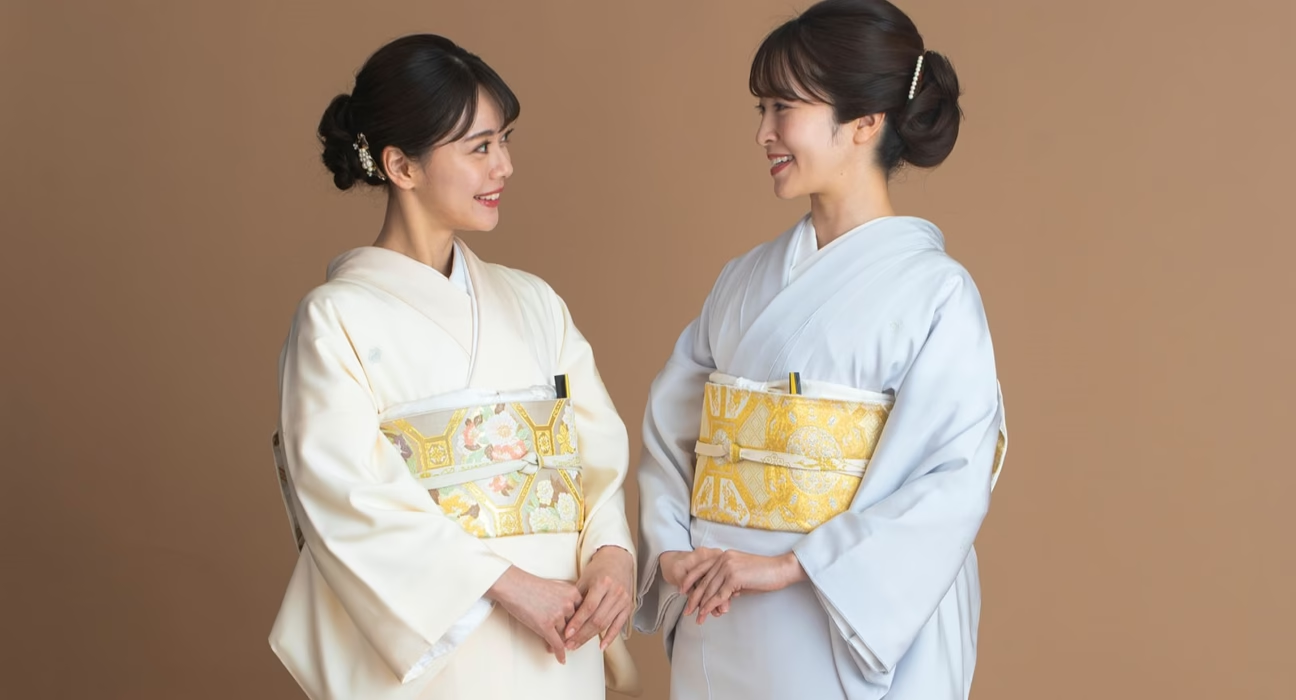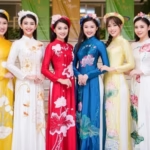Japanese Kimono, a traditional garment deeply rooted in the cultural fabric of Japan, is not merely an outfit; it encapsulates history, artistry, and philosophy. This iconic piece of clothing transcends fashion trends, representing a rich heritage that speaks volumes about Japan’s identity. As we delve into the intricate details of the Japanese Kimono, we will explore its significance, craftsmanship, and enduring legacy as it continues to grace both everyday life and ceremonial occasions.
The Historical Journey of the Japanese Kimono
The Japanese Kimono has a long and fascinating history, evolving over centuries to become a symbol of Japanese culture. Its origins can be traced back to ancient Japan, where garments were made from simple pieces of fabric. As the centuries progressed, the design, style, and significance of the kimono transformed dramatically.
Origins and Evolution
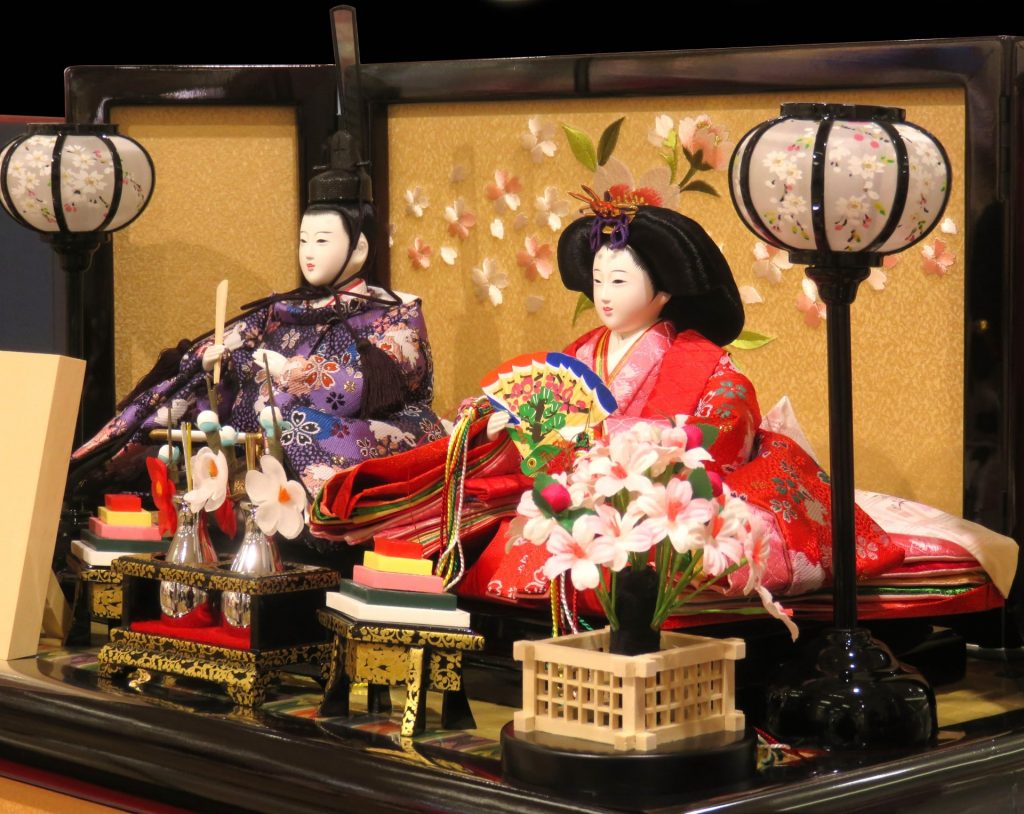
From the Heian period through to modern times, the kimono underwent various changes in structure and material. Initially designed for functionality, it gradually embraced aesthetics, merging practicality with beauty. The introduction of vibrant colors and elaborate patterns marked significant milestones in the evolution of the Japanese Kimono.
The fabric used in kimonos also tells a story. Traditionally crafted from silk, today’s kimonos may utilize a spectrum of materials, including cotton and synthetic fabrics, reflecting both technological advancements and changing consumer preferences.
Social Significance Through the Ages
Throughout history, the Japanese Kimono has been closely tied to social status and class distinctions. In feudal Japan, the quality of fabric and the intricacy of the designs communicated one’s rank and wealth. Kimonos worn by nobility were often adorned with elaborate embroidery and exclusive motifs, while commoners wore simpler styles.
This hierarchical representation highlights how the kimono served as a medium for societal commentary, a visual language that spoke to the wearer’s position within the community. As Japan underwent modernization during the Meiji era, this distinction began to blur, leading to a democratization of fashion where people from diverse backgrounds could adorn themselves in kimonos.
The Transition to Modern Times
In contemporary Japan, the Japanese Kimono retains its cultural significance despite the prevalence of Western-style clothing. While daily wear has shifted, kimonos are still donned during special occasions such as weddings, festivals, and traditional ceremonies. This transition signifies a respect for tradition amid the rapid pace of modern life.
Moreover, the resurgence of interest in the kimono among younger generations fuels innovation in design and versatility, showcasing its adaptability without sacrificing its timeless elegance. Many fashion designers now incorporate kimono elements into modern apparel, bridging the gap between past and present while ensuring that the Japanese Kimono remains relevant in today’s world.
The Artistry Behind the Japanese Kimono

The creation of a Japanese Kimono is an art form that combines meticulous craftsmanship with deep cultural significance. Every aspect, from the choice of fabric to the techniques employed in sewing, reflects the skill and dedication of artisans.
Fabric Selection and Dying Techniques
Selecting the right fabric for a kimono is essential, as it affects both the appearance and feel of the garment. Traditional kimonos are predominantly made from silk due to its luxurious texture and luster. However, cotton and linen have gained popularity for casual wear.
Dyeing techniques such as shibori (a tie-dye method) and yuzen (a hand-painted technique) imbue kimonos with unique patterns and colors. Each method carries its own narrative, often inspired by nature, folklore, or seasonal motifs, adding another layer of depth to the garment’s aesthetic value.
Construction Techniques

Crafting a Japanese Kimono involves a series of precise steps that require years of training to master. The pattern-making process, for instance, involves creating templates for each part of the garment. The kimono’s distinctive shape—a long, flowing robe with wide sleeves—demands accuracy in measurements to ensure a proper fit.
Sewing techniques vary, with many artisans employing hand-sewing methods passed down through generations. This dedication to craftsmanship ensures that every kimono is not just a piece of clothing but a work of art crafted with care and attention to detail.
Embellishments and Symbolism
Embellishment plays a critical role in defining the Japanese Kimono. The decorations, whether they be embroidery, brocade, or hand-painted designs, carry specific meanings and symbolism. For example, floral patterns may symbolize beauty and growth, while geometric shapes can convey stability and strength.
The significance of color cannot be overlooked either. Different hues correspond to various seasons and occasions, with some colors even reserved for specific life events, such as weddings or coming-of-age ceremonies. This layering of meaning adds to the cultural richness of the kimono, making it a personal statement as well as a cultural emblem.
The Cultural Importance of the Japanese Kimono
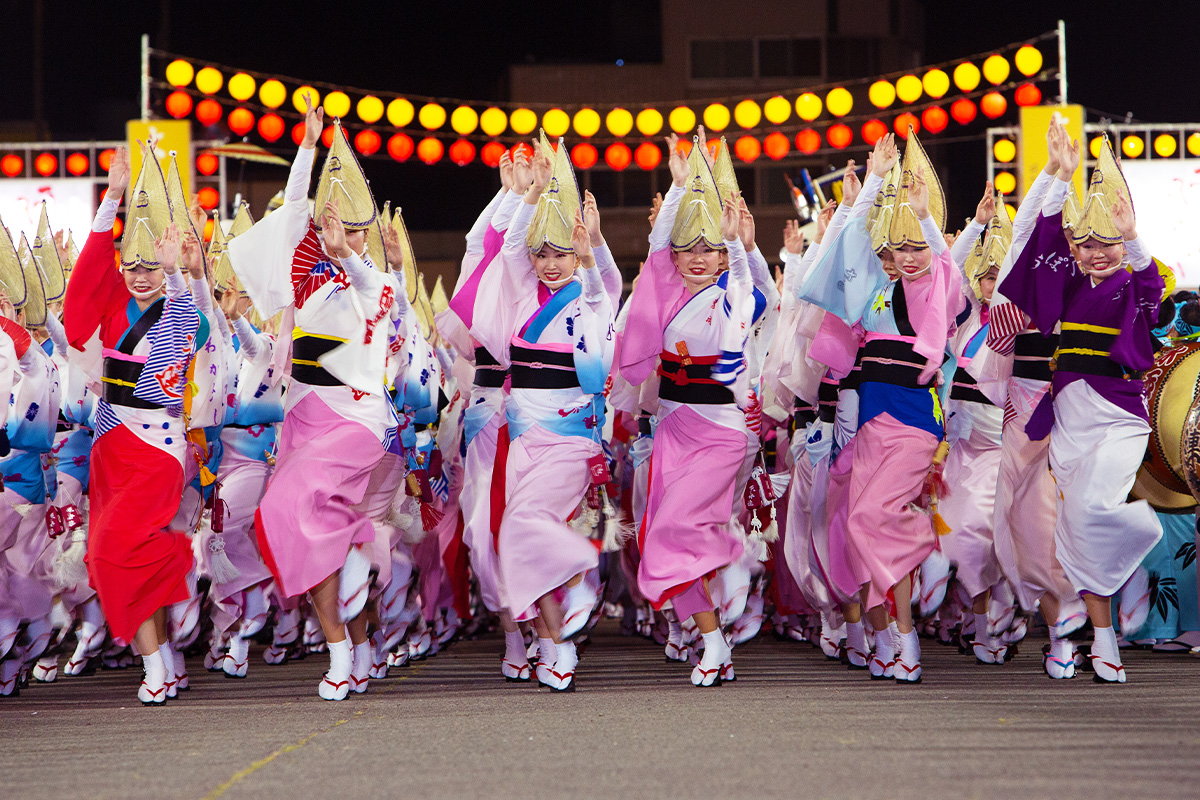
Beyond its physical form, the Japanese Kimono embodies a wealth of cultural meaning. It serves as a vessel of expression for the values and customs that define Japanese society. Understanding its significance requires examining the broader context of Japanese culture.
A Symbol of Identity
The Japanese Kimono is inherently tied to national identity. For many, wearing a kimono resonates with a sense of pride and belonging. It connects individuals to their heritage, allowing them to embrace their cultural roots in a rapidly globalizing world.
Even as society evolves, the kimono remains a poignant reminder of Japan’s history and traditions. Festivals and cultural celebrations often see participants donning kimonos, fostering a sense of unity and shared experience among communities.
The Kimono in Rituals and Ceremonies
Kimonos play a pivotal role in many traditional rituals and ceremonies, enhancing their significance. For instance, during a wedding ceremony, the bride may wear a specially designed bridal kimono adorned with motifs that symbolize love and prosperity. The act of dressing in a kimono becomes a ritual in itself, marking important life transitions.
Additionally, the wearing of kimonos during New Year festivities and other cultural events underscores its role in celebrating life’s milestones. This practice reinforces connections to ancestors, history, and the continuity of tradition.
Contemporary Reinterpretations
As society progresses, so too does the interpretation of the Japanese Kimono. Designers and artists are reimagining traditional styles for a modern audience. Collaborations between contemporary fashion houses and kimono artisans result in innovative pieces that honor tradition while appealing to current trends.
Furthermore, the growing global awareness of sustainable fashion has led to a renewed interest in the kimono’s craftsmanship and sustainable practices. By repurposing vintage kimonos or honoring artisanal techniques, designers innovate ways to keep the spirit of the kimono alive while addressing contemporary concerns.
The Global Influence of the Japanese Kimono
With the world becoming increasingly interconnected, the Japanese Kimono has transcended borders, influencing fashion globally. Its elegant lines and unique designs captivate audiences far beyond Japan, prompting appreciation and adaptation in diverse cultural contexts.
The Kimono in International Fashion
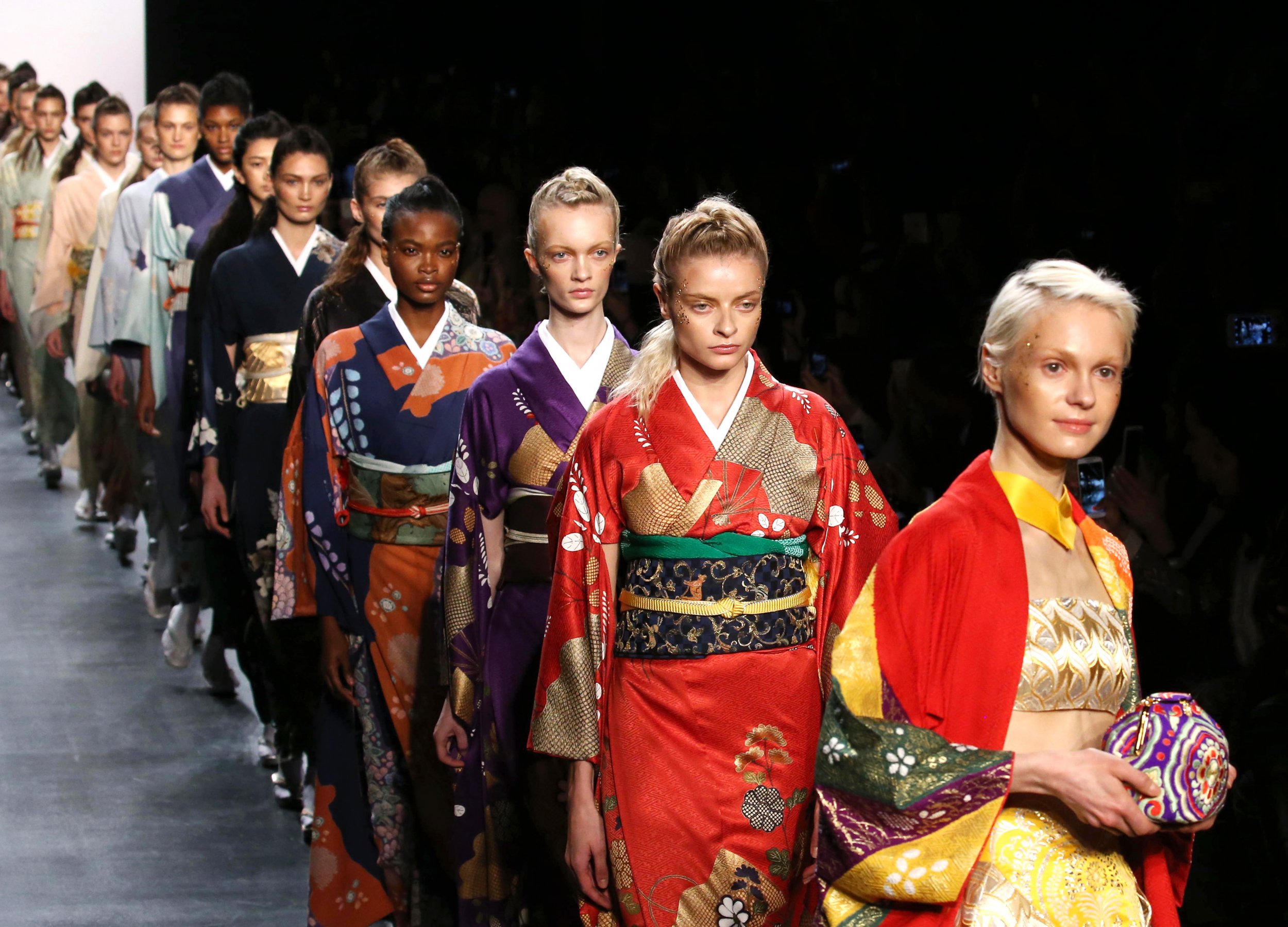
Fashion designers worldwide have drawn inspiration from the Japanese Kimono, incorporating its silhouettes and patterns into their collections. From high-end couture to streetwear, kimono-inspired garments appear on runways, showcasing the universal appeal of this traditional attire.
Collaborations that feature kimono aesthetics reflect a fusion of cultures, emphasizing fashion as a medium for cultural exchange. This blending of styles enriches both the fabric of international fashion and the understanding of Japanese culture.
Education and Awareness
As interest in the Japanese Kimono grows, there is an increasing effort to educate others about its cultural significance. Workshops, exhibitions, and cultural events focused on kimono-making and wearing provide opportunities for individuals to learn and appreciate this art form firsthand.
Moreover, digital platforms enable artisans to share their knowledge and showcase their work internationally. This spread of information fosters greater respect for traditional crafts and encourages preservation efforts.
Bridging Cultures Through the Kimono
Cultural appreciation is paramount when discussing the Japanese Kimono. It represents a bridge between diverse cultures, facilitating dialogue and understanding. When individuals from different backgrounds wear kimonos, it invites them to engage with Japanese culture thoughtfully and respectfully.
This cross-cultural exchange enriches experiences and encourages recognition of the importance of preserving cultural identities. Ultimately, the Japanese Kimono stands as a testament to the beauty of diversity and the power of textiles to tell stories that transcend geographical boundaries.
Conclusion

The Japanese Kimono is more than a garment; it is a reflection of Japan’s rich history, artistry, and cultural significance. From its intricate design to the stories it conveys, the kimono embodies the values and traditions of a nation. As it continues to inspire both reverence and innovation, the Japanese Kimono remains an enduring symbol of elegance and identity in an ever-evolving world.
In exploring the multifaceted dimensions of the Japanese Kimono, we gain insight into the essence of Japan itself—a land steeped in tradition yet embracing change. As we wear or admire this exquisite attire, we participate in a collective narrative that honors the past while looking toward the future.
✉️ Stay Connected — Subscribe for Weekly Updates
Discover timeless stories, practical wisdom, and beautiful culture — delivered straight to your inbox.
*We only share valuable insights — no spam, ever.




